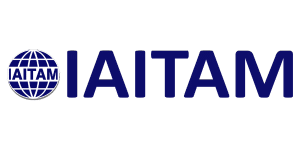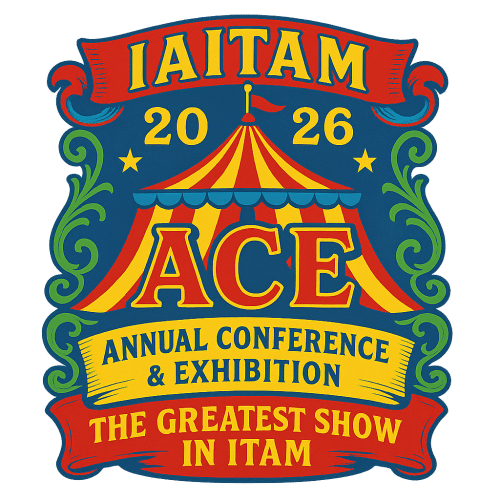Prog Home v3 › Forums › CAMP SPT › If your organization took the ITAM360 Assessment, what rating do you expect it would get for each KPA?
- This topic has 218 replies, 201 voices, and was last updated 3 days, 1 hour ago by
Judy Dewyer.
-
AuthorPosts
-
June 12, 2025 at 4:47 pm #72752
Uday Kiran Vundru
ParticipantI would expect a mid-to-high maturity rating across most KPAs, with strong performance in Hardware and Compliance Management, and opportunities for growth in Software License Optimization and Vendor Management.
June 13, 2025 at 10:23 am #72816Pamela Barquero
ParticipantI would think that would be a high rating
June 20, 2025 at 3:20 pm #73001Kathy Jackson
ParticipantI feel we would do well since it is a heavily scrutinized agency.
June 21, 2025 at 6:15 pm #73021Max Thorne
ParticipantThink we would average out in the middle. We do well in some areas and not so well in others which I would thinks most would do.
June 23, 2025 at 2:21 pm #73093Patrick Fernandes
ParticipantMostly mediocre. Some areas are stronger than others, but improvement is needed across the board
June 27, 2025 at 7:32 pm #73270Richard Carteron
ParticipantI feel we would score Medium to High.
July 9, 2025 at 2:19 pm #73465Mahtab Sarwar
ParticipantA pretty high rating
July 15, 2025 at 11:01 pm #73572Fatma Albloushi
Participantgenerally, it will be on fair level.
July 21, 2025 at 7:53 am #73656Marie-Laetitia Leynen
Participant1. Procurement = 6
2. Asset ID = 8
3. Comms and EDU = 4
4. Compliance = 7
5. Disposal = 2
6. Documentation = 5
7. Finance = 6
8. Legislation = 7
9. Policy = 6
10+11. Project and Program = 2
12. Vendor = 4July 21, 2025 at 2:06 pm #73674Ugonna Ike-Peters
ParticipantOn a scale of 1 to 10 (with 10 being the highest), I would say we are 7.5
July 25, 2025 at 12:23 pm #73841John Smorstad
Participant5
July 30, 2025 at 6:25 am #73936Elloise Watson
Participant1. Acquisition Management Strong procurement controls via the Sourcing Team and documented vendor reviews
2. Asset Identification Managed through Xensam, with ongoing efforts to align catalogue and discovery
3. Compliance Management Robust internal audit processes and enforcement policies are in place
4. Communication & Education Identified as a foundational KPA; training and awareness are part of remediation
5. Disposal Management Mentioned in policy documents, but less detail on execution or metrics
6. Documentation Management Extensive documentation exists, including catalogues and usage standards
7. Financial Management Cost avoidance and savings tracked in optimisation projects (e.g., SQL, Adobe)
8. Legislation Management Policies reference legal compliance (e.g., HIPAA, SOX), but implementation detail is sparse
9. Policy Management Clearly defined and enforced through multiple policy documents
10. Program Management Centralised SAM governance with strategic alignment to IT goals
11. Project Management Evident in structured initiatives and optimisation projects
12. Vendor Management Active engagement with vendors like Microsoft, Adobe, Oracle, and XensamJuly 31, 2025 at 12:48 pm #73990Wilmar Santos
ParticipantProbably high rating as we are a global company with several processes and people dedicated and certified to ITAM.
July 31, 2025 at 11:32 pm #74003Mashad Shoeb
ParticipantPossibly overall 7. We are good with compliance generally with some gaps which is being worked on
August 3, 2025 at 12:42 pm #74046Valentin Chaves
Participant90% Average
-
AuthorPosts
- You must be logged in to reply to this topic.

